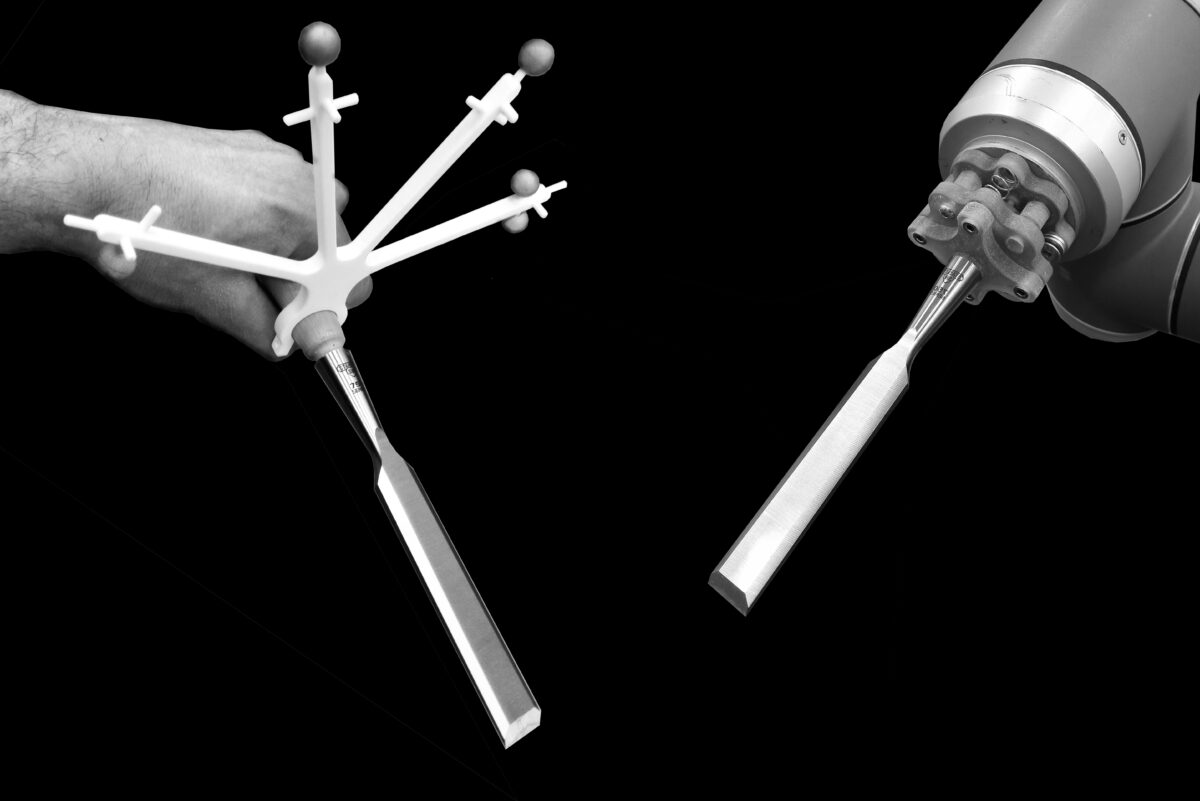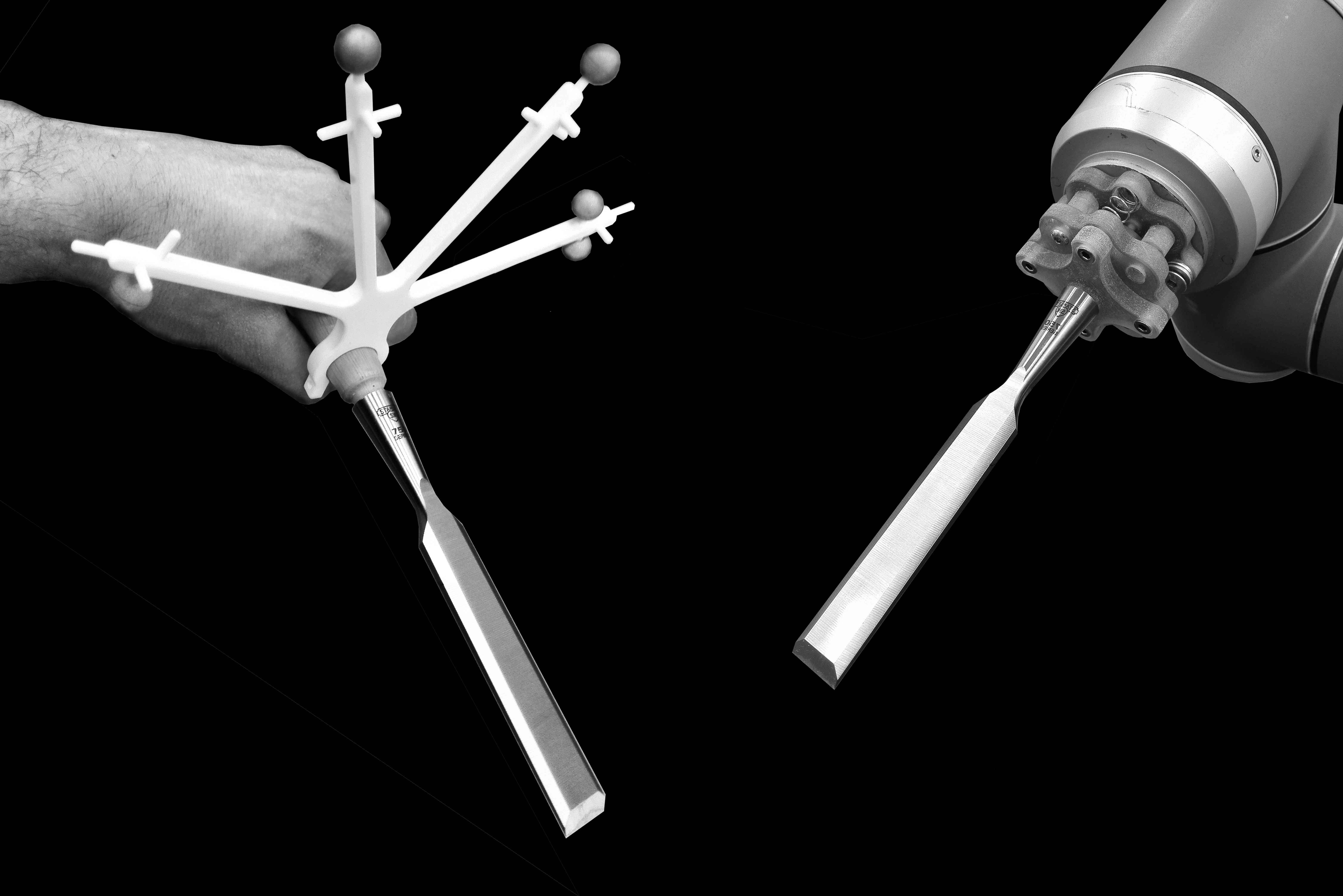Can a robot learn a craft?

ESR10- SIMULATING ROBOTIC FEEDBACK
AUTHOR: Giulio Brugnaro
“Craftmanship” is a complex word, loaded with meanings and rhetoric. It’s a word to start an argument with (Pye, 1968). However, looking at the richness and sophistication of crafts could result a useful exercise to start thinking to alternative ways of linking together design intention and its materialisation.
A Craftsman bases his manufacturing process on his skills. Skills are constructed through his ability to perceive material features, understand them and embed them in the unfolding production process. At the same time, experience is constructed through sensing, allowing him to improve and learn at each iteration, leading to the construction of the “craftsmanship” itself. His tools are simple in the shape, yet sophisticated since allow different uses and expressions. The process is fluid and adaptable, there is no distinction between the moment of design and fabrication, they’re blurred together and constantly evolving.
Detaching the notion of craftsmanship from any nostalgic or rhetorical connotation, is it possible to bring the richness of handcrafts in robotic fabrication processes for architectural production to let designers move beyond the abstraction of representation and engage with the physical materials? In other words:
Is it possible to teach a robot to sense materials, build up experience and ultimately develop a craft to become a true design partner?
As an apprentice learn how to use a tool from a master craftsman, the aim is not only to reproduce a movement but even more important establishing a feedback among his body, the tool and the material. For this reason, a robotic end-effector that could mount different tools equipped with a simple pressure sensor was designed. The reason for developing it was to get an indication on how the robot is unfolding a specific task in relation with the object being produced. The choice of starting with a chisel is given by the possibility of expression and flexibility in the fabrication that this tool allow, however the method could potentially be applied to different tools which will be taken in consideration in subsequent stages of the research.
References:
Pye, David. The Nature and Art of Workmanship. Cambridge University Press, 1968.


